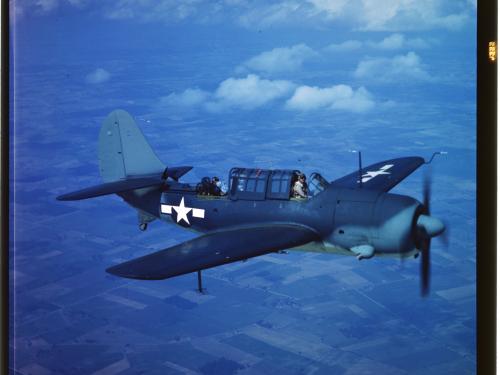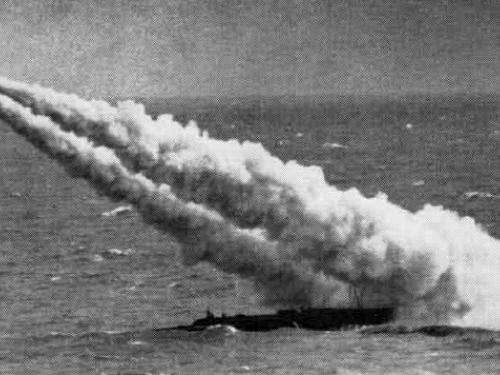

Stories of daring, stories of technological feats, stories of prevailing against the odds ... these are the stories we tell at the National Air and Space Museum. Dive in to the stories below to discover, learn, and be inspired.
Showing 1 - 10 of 10

August 17, 2020
The Curtiss SB2C Helldiver could have been the U.S. Navy’s frontline carrier-based dive bomber for much of World War II, but problems with its development delayed its introduction and saddled it with a bad reputation.

August 12, 2020
Aeronautics curator Christophere Moore explores one important advancement on the B-29 Superfortress: its central fire control system.

August 11, 2020
Aeronautics curator Bob van der Linden discusses the last-minute "wonder weapons" planned by Japan in the final days of World War II.

June 23, 2020
Curator Michael Neufeld discusses how Nazi Germany's high-tech weapons were assembled in part by forced and slave labor from the various Nazi camp systems.

August 04, 2017
For the past 30 years, the Tomahawk hung from the ceiling just a few dozen feet from the German V-1 flying bomb, or “buzz bomb,” that saw action in Europe during World War II. The V-1 and the Tomahawk, variants of which are still in service in the Navy, frame an important episode in the history of missile development in the United States. The recent deinstallation of the Tomahawk provides an opportunity to recount some of the highlights of this fascinating story of technological evolution.

April 12, 2017
The signature aspect of the First World War in Europe was the protracted stalemate of trench warfare. After a brief period of mobility over the battlefield in the first months of the conflict, the opposing armies settled into a long and deadly war of attrition.

August 03, 2016
This fall is the 30th anniversary of the Reykjavik Summit, a landmark meeting held in Iceland's capital between U.S. President Ronald Reagan and Mikhail Gorbachev, general secretary of the Communist Party of the Soviet Union.

September 08, 2014
The world’s first ballistic missile campaign began when the first German V-2 missile successfully launched in combat hit a suburb outside Paris. A second launch later that day hit Chiswick near London. Senior curator Michael Neufeld discusses the V-2 and this campaign.

June 13, 2014
In 1944: Germany launched the world’s first operational cruise missile at England one week after D-Day. The British nicknamed the V-1“buzz bomb” or “doodlebug.”

June 06, 2014
It's hard to spot the familiar US insignia of the white star on a blue circle, but the black and white stripes the Lightnings wear stand out easily - which is a very good thing. In 1944, in the months leading up to the invasion of Nazi occupied France, the Allied planners of Operation OVERLORD realized that on the day of the invasion - D-Day - the skies over the invasion zone would be filled with aircraft.